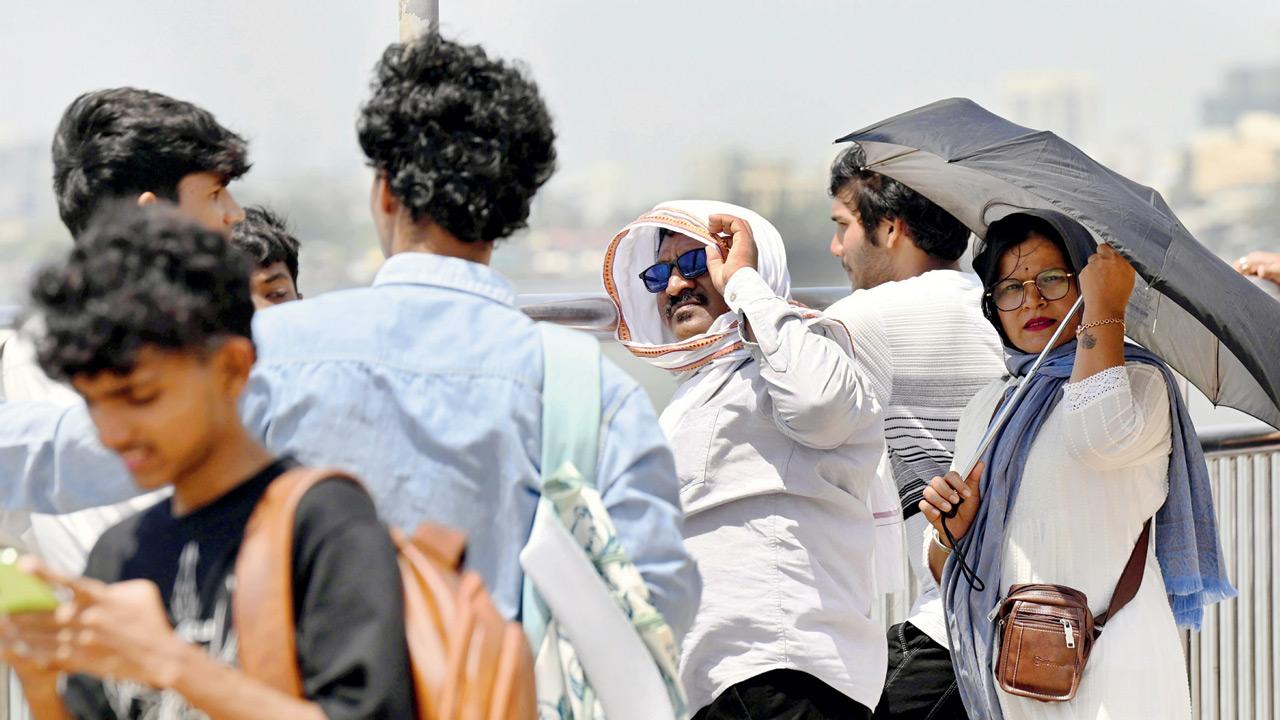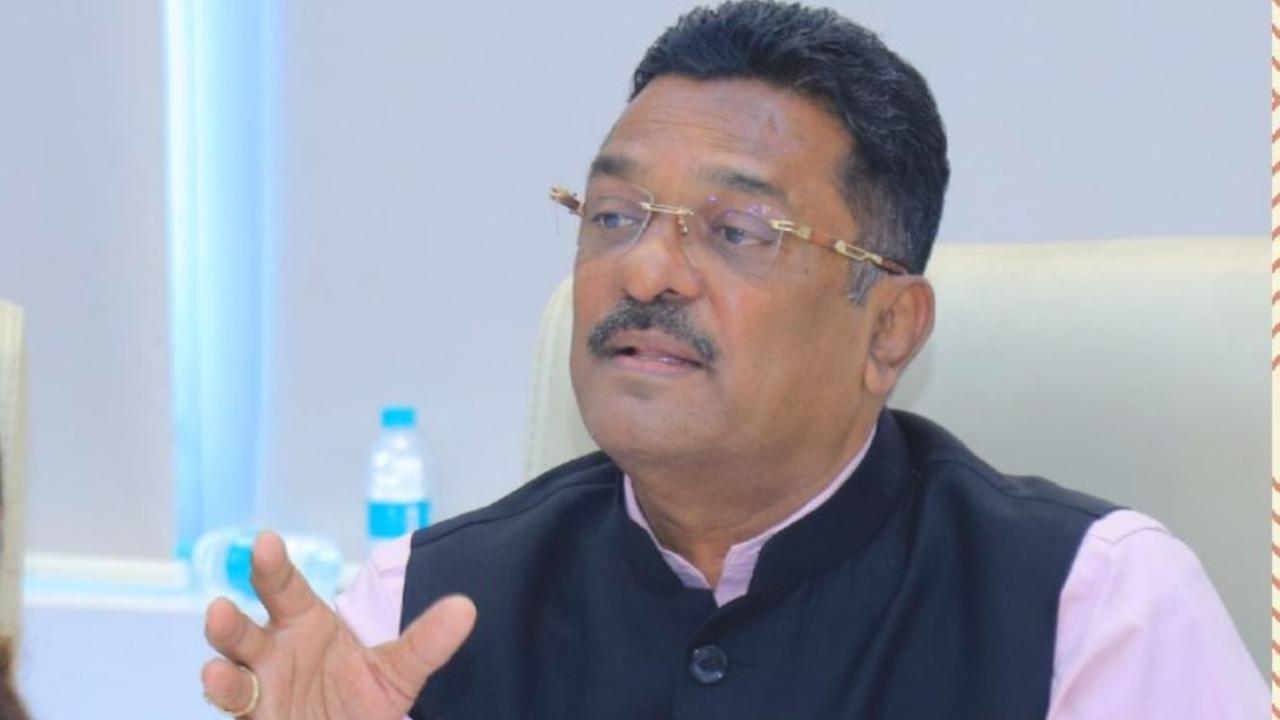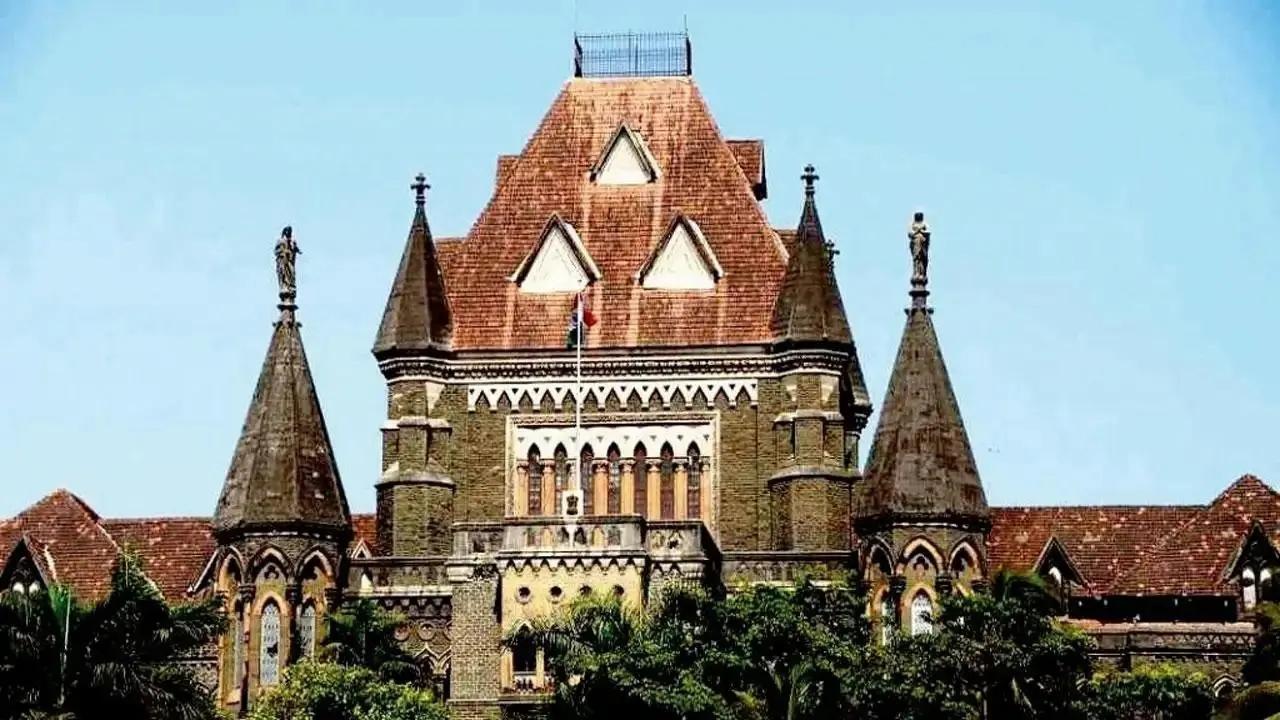After heavy downpours over the Ganesh visarjan weekend, Mumbai has slipped back into hot and humid conditions, with the India Meteorological Department (IMD) issuing a green alert for the next five days — meaning only light rain between September 9 and 13. The alert extends across Maharashtra’s coastline, including Thane, Palghar, Raigad, Ratnagiri, and Sindhudurg. From September 2 to 6, the state saw enhanced rainfall activity with gusty winds of 40–50 kmph, offering cooler weather.
Dr SD Sanap, senior scientist at IMD, told mid-day, “For the next three to four days, we are not expecting significant rainfall activity. Another spell is expected around September 14–15. The monsoon season is from June to September every year. The monsoon is still here; it has not yet started withdrawing. We will issue updates at the appropriate time. Since the season is still on, there is no question of it being prolonged,” Dr Sanap explained. Another IMD official said, “The synoptic situation is not conducive to rainfall. However, light showers are expected in parts of the city during this time.”
Woman covers her head with a handkerchief to beat blazing afternoon heat at the Dadar beach viewing gallery on Tuesday. PIC/ASHISH RAJE
On Tuesday, Mumbai recorded a maximum temperature of 33 degrees Celsius with humidity touching 85 per cent and winds of up to 15 kmph, leaving citizens sweltering in conditions unusual for September. So far, the island city has received 79 per cent of its annual monsoon average. While Colaba has recorded 1668 mm of rain against its annual average of 2219 mm, Santacruz has already exceeded its average, recording 2529 mm against the usual 2319 mm. Though July is typically Mumbai’s wettest monsoon month, August 2025 delivered unprecedented rain, far exceeding seasonal averages.
Docs warn of rising health risks
Dr Sagar Warankar, consulting pediatric pulmonologist and allergy specialist attached to Apollo Hospital, Navi Mumbai, and Jupiter Hospital, Thane, said: “With high humidity and fluctuating temperatures, we are seeing a spike in viral infections, especially among children under five and school-going kids. Parents should ensure that children stay hydrated, avoid crowded places, and wear masks if unwell. Proper diet, seasonal flu vaccination, and hygiene are key. Stagnant water from poor rainfall may also lead to a rise in mosquito-borne diseases, which is a concern, especially with no rain and rising temperatures.”
Dr Anannya Mukherji, head of medicine at Rajawadi Hospital, said: “This is a critical time. With intermittent heavy rains followed by dry spells, mosquito breeding increases significantly. We are currently seeing around 60 admissions daily for acute febrile illnesses — some of which test positive for dengue, while others progress into severe lung infections, including ARDS, which can be life-threatening. Some patients even develop low platelet counts.”
“Continuous rain tends to wash away breeding grounds, but once it stops and humidity rises, stagnant water becomes a hotspot for mosquito breeding. People need to remain extremely vigilant during this period.”











